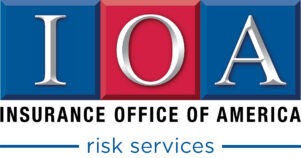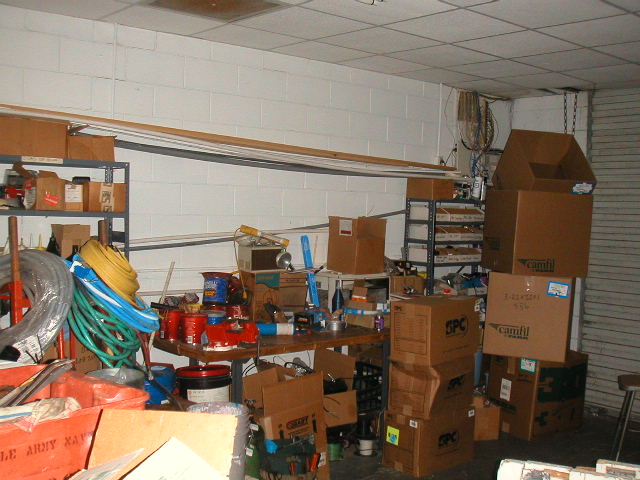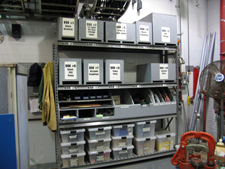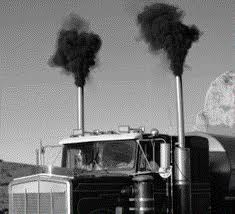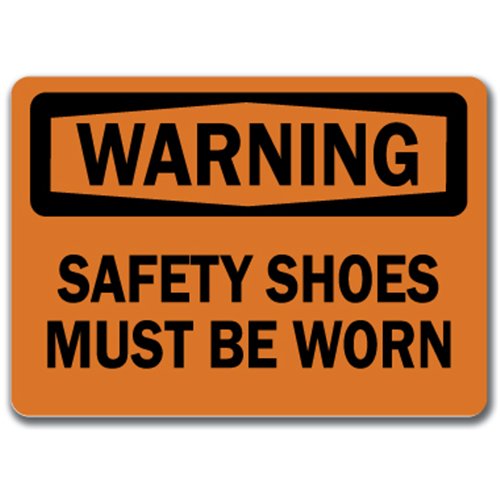
Foot Wear Safety
A common question we often receive from our safety partners is: When and where is foot protection required?
The OSHA standards for foot protection are performance-based. In other words they do not specifically explain when foot protection is required they only state that "each affected employee shall wear protective footwear when working in areas where there is a danger of foot injuries due to falling or rolling objects, or objects piercing the sole…” For that reason it is important to review the type of hazards your employees face in addition to the policies of your customers.

In any case, all safety foot wear must have the proper approval. OSHA originally referred to the ANSI Z41 standard however in 2005, the ANSI Z41 standard was withdrawn and replaced by two new American Society of Testing Material (ASTM) International Standards. The new ASTM standards are F2412-05 Standard Test Methods for Foot Protection and F2413-05 Standard Specification for Performance Requirements for Foot Protection.
So you are probably still wondering when and where is foot protection required...
Typically safety footwear with impact protection would be required for:
Carrying or handling materials such as packages, objects, parts, or heavy tools that could be dropped; and, for other activities where objects might fall onto the feet.
Similarly safety footwear with puncture protection would be required:
Where sharp objects such as nails, wire, tacks, screws, large staples, scrap metal, etc., could be stepped on by employees, causing a foot injury.
Some occupations (not a complete list) for which foot protection should be routinely considered are:
Shipping and receiving clerks, carpenters, electricians, mechanics and repairers, plumbers, drywall installers and lathers, welders, laborers, landscapers, window installers, timber cutting and logging, stock handlers, and warehouse laborers.
Keep in mind that OSHA does not state that approved foot protection is required for these areas/activities; rather, they give you the responsibility for determining what foot protection is necessary and when it is necessary!


